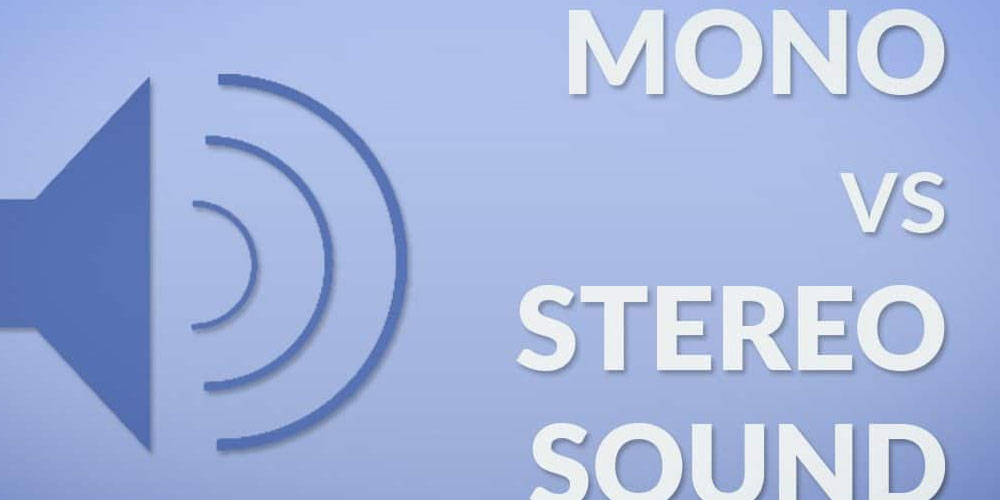Various practices like listening to music are the best form of entertainment or relaxation for most people. A group of friends can gather at a particular location to listen to their favorite playlists as they talk and indulge in some drinks. The sound produced creates the mood and may come from a single recording source like mono audio or multiple sources like stereo audio. The two are the primary forms of sound, and the difference between mono and stereo sounds is evident. We look at ways of distinguishing mono and stereo sound below.
Ways of Distinguishing Mono and Stereo Sound
One major difference is the number of channels used for recording and playback. However, we focus on the differences based on audio files, recording, and playback.
1. Audio files in mono and stereo sounds
Mono audio makes use of a single channel or speaker no matter the function. Stereo systems use two or more channels meaning their audio files are also multiple. Such files include WAV files and MP3 files that contain channels labeled as right and left. These channels contain information that directs the speakers, right and left, respectively, on the ideal time to push or pull air. In addition, when you monitor stereo audio on the screen, you will notice three waveforms. One is that of the file, while the other two are the channels. Since mono audio sounds have a single channel, their file is also one.
2. Recording in mono and stereo sounds
Sound recording using one microphone gives rise to mono audio. The signal is captured in a single channel. It’s easier to capture a mono audio recording compared to a stereo recording. The name ‘mono’ means function through the entire process is in a single form, so fewer microphones/resources are needed, and the overall cost of producing this sound is cheaper.
Stereo recording requires two or more channels. The microphones are positioned on the right and left sides of a device, for example, a guitar using techniques like the X-Y technique. Inbuilt microphones are easier to use when recording in stereo since you can angle the recorder to your desired level. The microphone on each side saves the captured information on its channel; that’s why the information or sound appears different on each side.
3. Playback in mono and stereo sounds
The playback comes after sounds have been recorded either in mono or stereo. Since mono audio is captured using a single microphone, it can be played using one or more speakers. In the case of double speakers, the audio is termed dual-mono, meaning a single signal is duplicated to play in multiple speakers. Stereo audio playback takes place when multiple speakers produce independent sounds. You can localize the sounds, unlike in mono playback.
Final Word
Above are easy ways to differentiate mono and stereo sounds. Each kind has a unique way of recording and reproducing audio to fit particular applications. If you think you can locate the origin of ceratin sounds or appear to have few effects, then it’s probably stereo audio. Mono audio is standard, and can’t be localized. Also, various techniques are used to record stereo audio but are non-existent in the mono recording.
